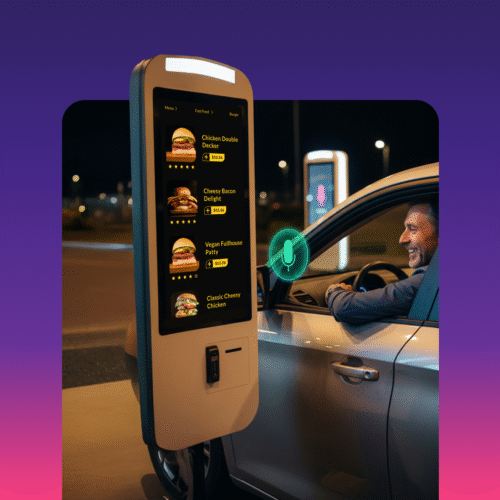When natural disasters occur, the population can find themselves cut off from power, fresh water. But that’s not to say they should be cut off from information.
Outages are all too common. Hurricanes, tornadoes and winter storms are particularly disruptive. When natural disasters hit, millions lose power, fresh water and residents often endure days of uncertainty.
During these challenging times, clear and reliable communication from utility companies to their customers becomes a lifeline. Customers need regular updates and assurance, and utility companies need to be equipped to provide an unbroken service and friction-free customer service.
The problem is, during customers’ hour of need, utility companies commonly disappoint, because they’re not equipped to scale up. They follow the logic that natural disasters are sporadic and unexpected; they can’t justify recruiting an army of superfluous call center agents on the off-chance they would have to deal with an influx of calls should a disaster occur. Suddenly staffing a call center with a bunch of human agents was a good idea in an analog world but we operate in the digital era. Today, companies can expand their capacity with virtual agents, with no loss of quality in service and without generating customer complaints.
The straw that breaks you
In the popular idiom, “the straw that broke the camel’s back”, the straw represents a minor or routine development that precipitates ultimate failure. The straw could be a metaphor for a basic service that you rightfully expect access to, particularly in an emergency, such as a power outage.
Amid the stress and uncertainty of living without power, a fundamental utility, you would naturally expect timely information about when your service will be restored, and if you still need to speak to the company, quick access to customer service. You might presume that in emergency situations, the company has put contingencies in place to meet peaks in call volumes and fulfill their customer service level agreements.
If these expectations aren’t met: you’ve received next to no information about when your power will be restored and you’re struggling to navigate the company’s interactive voice response (IVR) system—you have to repeat yourself several times because its speech recognition doesn’t understand you; you can’t recall account information to pass the security thresholds to access your account,; you’re stuck in a long queue waiting to speak to an agent, only for the line to drop—it’s very possible this parlous experience will be the straw that breaks you.
This is too often the case—but it needn’t be.
Scaling up with AI-powered IVR
According to McKinsey, a typical utility (with two million customers) receives two to three million calls annually, which can cost $20 million to $40 million. They can contain these costs and still scale-up quickly with modern, AI-powered IVR systems.
Conversational AI can now be relied upon to elicit, understand and resolve customer queries independently. Already stressed customers (contending with the fall-out of a natural disaster) don’t have to speak in jilted “machine-speak”. They can speak to the AI just as they speak to a human: speaking in half-sentences and letting their speech jump around as they think aloud.
In a calm and consistent voice, the AI will ask clarifying questions and serve up the information they need. In most cases, the customer needn’t interact with a human agent at all, of which there are probably too few to match the tsunami of calls.
What’s more, with voice biometrics woven in, they don’t need to retrieve and recall account information to be authenticated as a customer. Their voice is their passport. This simplicity is gold during an emergency.
When grace runs out
In theory, customers might forgive a utility company that is struggling to meet peaks in customer calls.
However, that grace soon runs out when they’re deeply inconvenienced and most certainly turns to resentment if it transpires the company knowingly scaled back its call center functionality to stem its call center bill (which fluctuates with demand). Not only would the company find itself in hot water with its customers, it might also attract the unwanted attention of regulators and incur a fine.
These days, companies can’t blame legacy technology, because modern technology exists that would give them the elasticity they need to adapt to a sudden spike in calls—smart technology that enables customers to self-serve over the phone, but also across other digital channels. So, if the customer prefers to complete the inquiry over social media for instance, or a platform goes down during an outage, the technology can shift platforms without missing a beat. No repetition required.
Side-stepping a Perfect Storm
As natural disasters become more commonplace, it’s vital that utilities prioritize their call center’s modernization. Digital transformations are often put-off for another day because they’re notoriously difficult to implement. However, the right partner with the right experience can defy these expectations.
Omilia has a strong heritage in the utility space and knows what customers typically ask. We can train the technology accordingly. Plus, we have a multi-layered reporting functionality, which enables us to fine-tune the technology as we go.



